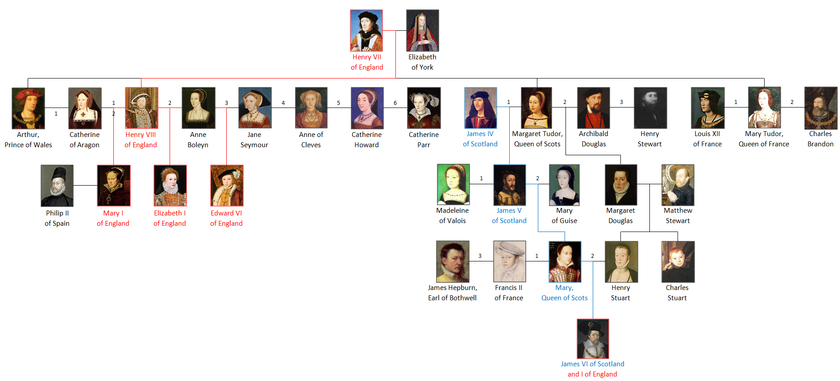PART TWO
We left off last week’s blog where Mary’s debaucherous husband, Lord Darnley, was brutally murdered and his home destroyed by gunpowder.
Rumours spread around the country like wildfire: Was Mary to blame? Did her new advisor, the ambitious Lord Bothwell, orchestrate the murder?
While there is no definite answer to the question of who murdered Lord Darnley, most historians agree that Bothwell, Mary’s new trusted advisor and close friend, had concocted the plot. Bothwell was ruthless and opportunistic, aiming at nothing less than the kingship of Scotland. But was Mary involved?
Though she protested her innocence, her actions after her husband’s death did not strengthen her case. In the 16th Century, it was necessary for the queen to show the correct amount of grief; to wear mourning clothes and confine herself to her rooms in Holyrood for 40 days. Mary did not heed this advice. Instead, she buried her husband in secret and broke out of her royal mourning with a round of golf at Seaton. Not only did she not show the correct amount of grief, but within one month of her husband’s death, Mary married Bothwell, the man who was rumoured to be responsible for his murder.
Lord Bothwell
The marriage was controversial, with many questioning why Mary would marry her husband’s suspected murderer. Lots of rumours circulated, with some saying it was true love, and others saying she was coerced into marrying Bothwell. The real truth remains a mystery today.
Given the chance, Mary could have been able to recover her reputation after the murder of her husband, who had undoubtedly become a liability, however remarrying in such a short period of time and to the man who was suspected of your husbands’ murder was extremely foolish in diplomatic terms. Due to this, she lost a lot of support across the country. Furthermore, as the marriage was conducted according to Protestant rite, Mary almost immediately lost all support she had from Catholic powers on the continent too.
Within six years from her arrival in Scotland to her marriage to Bothwell, Mary had alienated almost everyone around her, both Catholic and Protestant. Firstly, she had lost most of her followers after being implicated in the murder of her husband Lord Darnley, and secondly she had upset her Catholic followers by marrying the Protestant Lord Bothwell.
The Scottish nobility raised an army and confronted the newlyweds at Carberry Hill in the Summer of 1567. Bothwell was allowed to flee into exile, but Mary was made to surrender under charges of “moral turpitude” and is said to have returned to Edinburgh ‘covered in dust and tears’.
Only six years earlier Mary had arrived in Edinburgh celebrated as the new queen, but she was now jeered and insulted as she returned a prisoner. Banished to a small island on Loch Leven, Mary was forced to abdicate the throne to her 1 year old son, James. Her son was then put under the watchful eye of John Knox, a Scottish clergyman and leader of the Protestant Reformation, and the very man who preached against Mary’s Catholic beliefs.
In 1568, after 10 months of imprisonment at Loch Leven, Mary escaped with the aid of George Douglas, brother of the castle’s owner, only to be defeated in the Battle of Langside, near Glasgow. Defeated, Mary headed South, fleeing the Scottish nobility, where she sought protection from her cousin, Elizabeth I of England, naively believing she would support her cause and help her regain the Scottish throne. Instead, she was held in captivity for 19 years.



